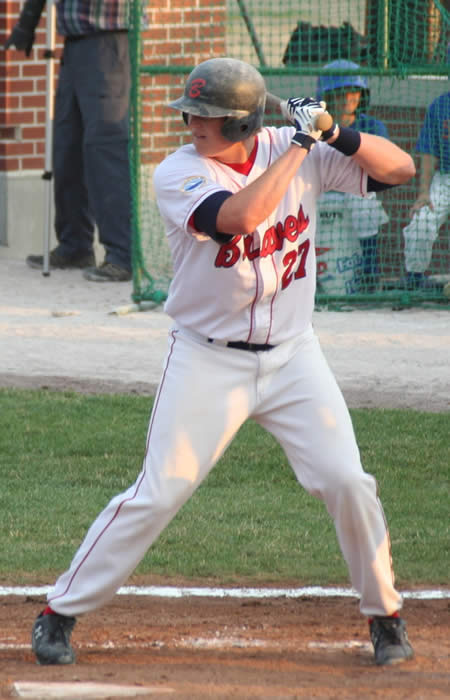 Marc Krauss
Marc Krauss
Harwich/Bourne 2008
Outfield
Ohio University
There was a chance that Marc Krauss’ Cape League career could have ended after four games.
A star but still a relative unknown at Ohio University, Krauss was with the Harwich Mariners in June of 2008. After four games — in which he had three hits — the Mariners needed to make room for players that had already been signed. Krauss wasn’t one of them. He packed his bags.
Thankfully, he didn’t have to go very far.
The handling of releases like this is one of the great things the Cape League does. If a player leaves one team, another team that does have room can pick him up. It gives another chance to a player who deserves to be on the big stage.
In the case of Krauss, he took his chance and ran with it. The rest is history.
After hooking on with the Bourne Braves, Krauss put together an all-star season that would have been MVP-worthy in a lot of years. He hit .344 with 10 extra-base hits, three home runs and a league-best 34 RBI. He also led the league with a .473 on-base percentage. In the decade, that’s second only to Kevin Youkilis.
Those numbers hinted at what Krauss could become — a true professional hitter.
Thank goodness he got the chance.
After the Cape
Building on his successful summer, Krauss delivered a huge junior season at Ohio, hitting .402 with 27 homers, 70 RBI and an obscene .523 on-base percentage.
The Diamondbacks picked him in the second round of the 2009 draft and he didn’t disappoint in his debut, hitting .304 for the South Bend Silverhawks of the Midwest League.
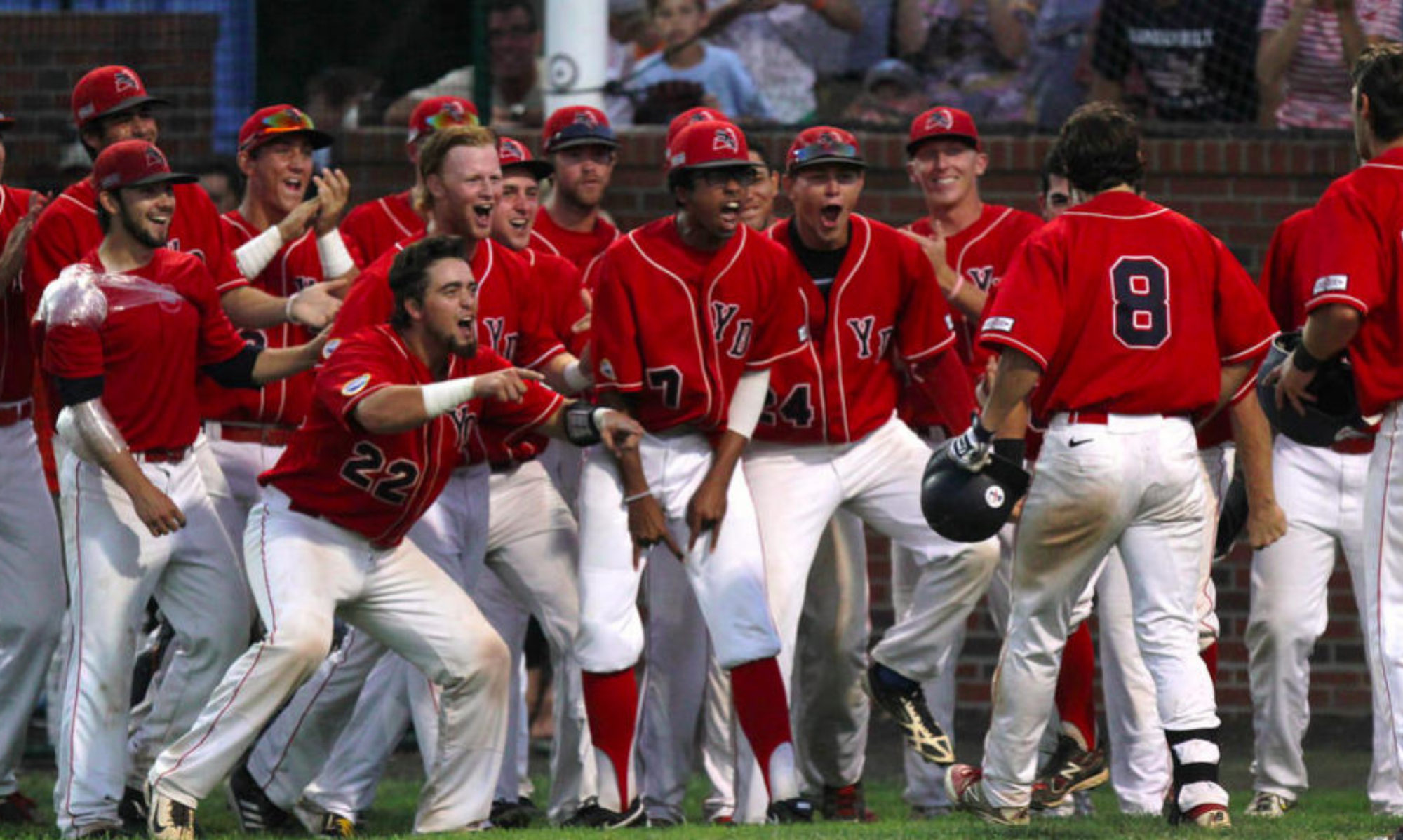
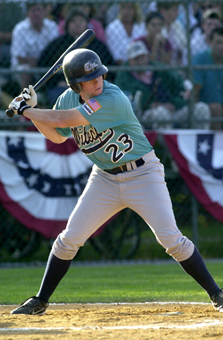 Ryan Patterson
Ryan Patterson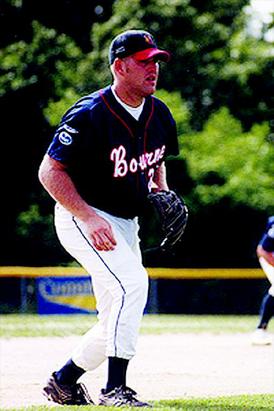 Kevin Youkilis
Kevin Youkilis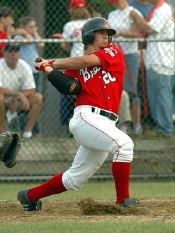 Brad Lincoln
Brad Lincoln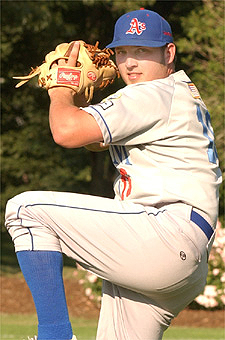 Derrik Lutz
Derrik Lutz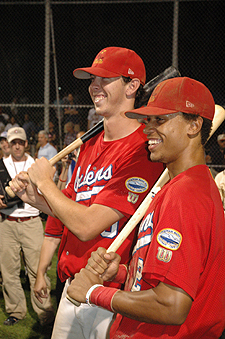 Emmanuel Burriss
Emmanuel Burriss